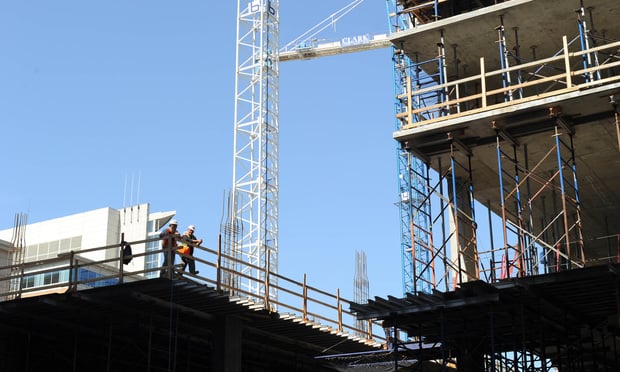Most of the risk during construction projects comes not fromperformance issues, but instead from payment issues. As withmost of us, general contractors are great at doing their jobs – intheir case, construction – but are not necessarily adept at thepaperwork or accounting side of the construction equation. Historically, 80-85% of construction defaults are due to errors inpayments and/or funds disbursement. Specifically, the moneyis not getting distributed to the people who are performing most ofthe duties on a construction project – the subcontractors andsuppliers. Many factors can contribute to thisproblem: poor management; accounting or paperwork errors;comingling of funds between projects (not a sound businesspractice); and, yes, although admittedly rare, even through theintentional diversion of funds.
Over the past several years, a solution to this problem hasevolved in the construction lending industry. Construction RiskManagement has become a commonly accepted outsource tool formanaging the risk of construction lending by a 3rd partyrisk management firm. One service within the ConstructionRisk Management toolkit is Funds Control and Disbursement,which allows for a much greater level of oversight, management, andcontrol of the general contractor’s monthly draw request andpayment process.
What is Funds Control and Disbursement?
Essentially, FundsControl and Disbursement encompasses all of the activitiesnecessary to manage the pay application and disbursementprocess.
From a construction risk management standpoint, sound accountingand business practice dictates not only keeping funds for differentprojects separated, but also examining the payment requests withineach project very carefully. Appropriate invoice support anddocumentation must be submitted with the draw requests in order toverify that the requests are, in fact, valid and appropriate.
Continue Reading for Free
Register and gain access to:
- Breaking commercial real estate news and analysis, on-site and via our newsletters and custom alerts
- Educational webcasts, white papers, and ebooks from industry thought leaders
- Critical coverage of the property casualty insurance and financial advisory markets on our other ALM sites, PropertyCasualty360 and ThinkAdvisor
*May exclude premium content
Already have an account?
Sign In Now
© 2024 ALM Global, LLC, All Rights Reserved. Request academic re-use from www.copyright.com. All other uses, submit a request to [email protected]. For more information visit Asset & Logo Licensing.








